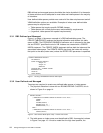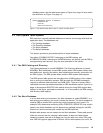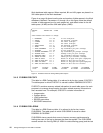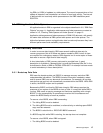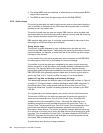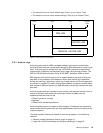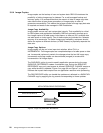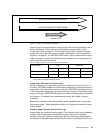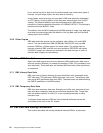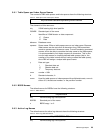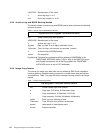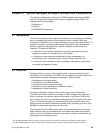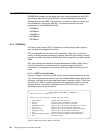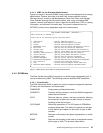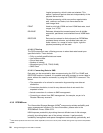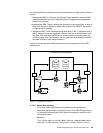
22 Storage Management with DB2 for OS/390
for an archive log that is older than the oldest image copy unless other types of
backups, not just image copies, are also used for recovery.
Image copies and archive logs are recorded in DB2 and optionally cataloged in
an ICF Catalog. Physical deletion of the data sets removes them from the ICF
catalog. This physical deletion must be coordinated with a DB2 cleanup
procedure to remove obsolete information in SYSIBM.SYSCOPY. This cleanup is
performed with the MODIFY utility.
The deletion from the MVS catalog and the DB2 catalog of image copy data sets
must also be synchronized with the deletion of the log data sets from the MVS
catalog and from the BSDS.
3.6.5 Other Copies
DB2 table and index spaces can be copied by other utilities, not under DB2
control. This can include both IBM (DFSMSdfp, DSN1COPY) and non-IBM
products. DB2 has a limited support for these copies. The copies must be
restored outside of DB2, and the user must execute a RECOVER with option
LOGONLY to apply the changes not reflected in the external copy in order to
maintain data integrity and consistency.
3.7 Other DB2 Data Sets
Apart from table spaces and recovery data sets, DB2 requires also data sets to
store the product (libraries), to manage its execution (Clists, JCL procedures, and
work data sets). These data sets are standard MVS data sets, either partitioned
or sequential.
3.7.1 DB2 Library Data Sets
DB2 uses a set of library data sets to store distribution code, executable code,
ISPF data sets, TSO data sets, SMP/E data sets, and so on. These library data
sets are all MVS partitioned data sets (PDS). These data sets are defined during
the SMP/E installation of the DB2 product.
3.7.2 DB2 Temporary Data Sets
DB2 also uses temporary data sets. Examples are utility work and external sort
data sets. Most temporary data sets are standard sequential files. These data
sets are defined explicitly in utility JCL or are created dynamically at utility
execution time.
To allocate these data sets, DB2 has internal default attributes that can be
overridden by the user in the JCL stream.
3.8 DB2 Data Sets Naming Conventions
This section describes the naming standards used by DB2 for its data sets.



